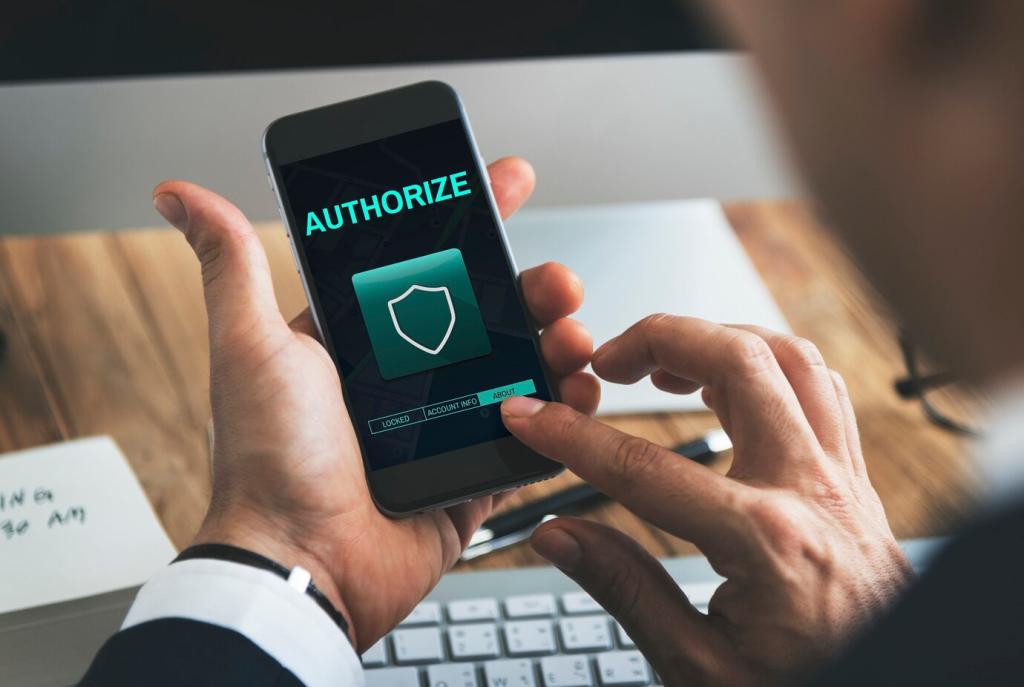Detection, Triage, and Prioritization in Distributed Teams
Map alerts to ownership with on-call schedules and escalation policies. Send one clear alert, not five variations. Add runbook links directly in notifications. Encourage analysts to tag alert quality issues so engineers can tune signals and reduce costly, bleary-eyed paging.
Detection, Triage, and Prioritization in Distributed Teams
Classify severity by customer impact, data risk, and regulatory exposure. Decide whether to mitigate, rollback, or communicate first. Post the severity call in-channel, invite challenges, and settle quickly. This shared vocabulary shortens debates and accelerates decisive, focused action.





